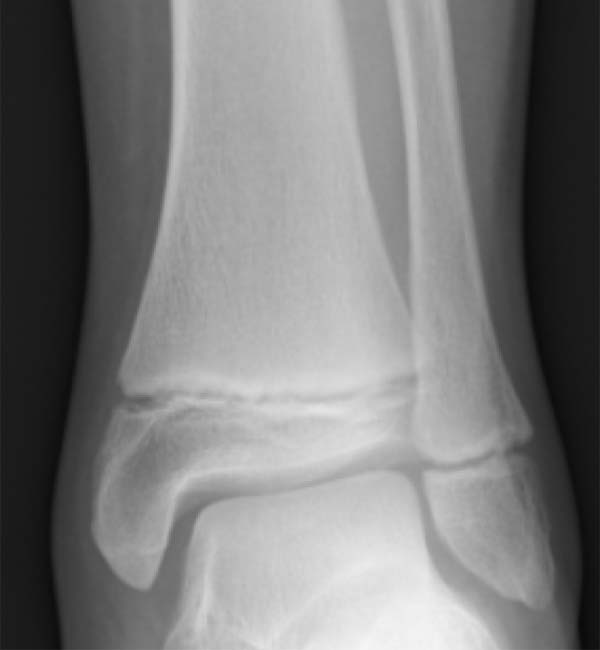growth plate

Radiogram of distal tibia (left) and fibula (right) showing two growth (epiphyseal) plates.
The growth plate, also called the epiphyseal plate or physis, is the area of growing tissue near the ends of the long bones in children and adolescents. Each long bone has at least two growth plates: one at each end. The growth plate determines the future length and shape of the mature bone. When growth is complete – sometime during adolescence – the growth plates close and are replaced by solid bone.
Because the growth plates are the weakest areas of the growing skeleton – even weaker than the nearby ligaments and tendons that connect bones to other bones and muscles – they are vulnerable to injury. Injuries to the growth plate are called fractures.


